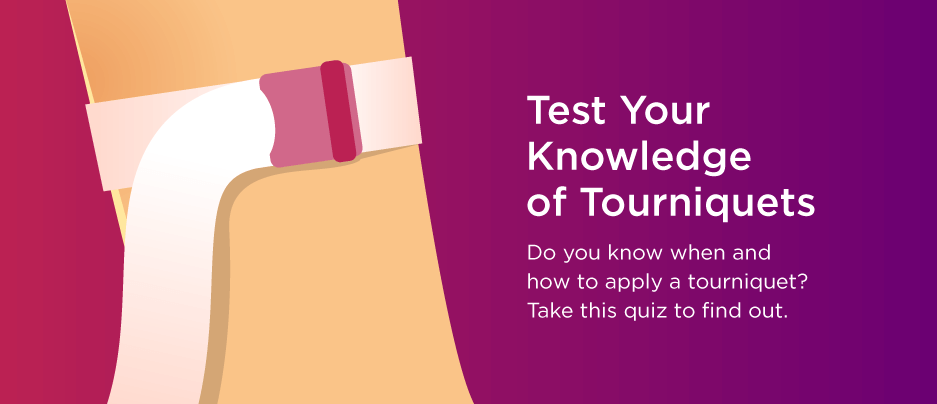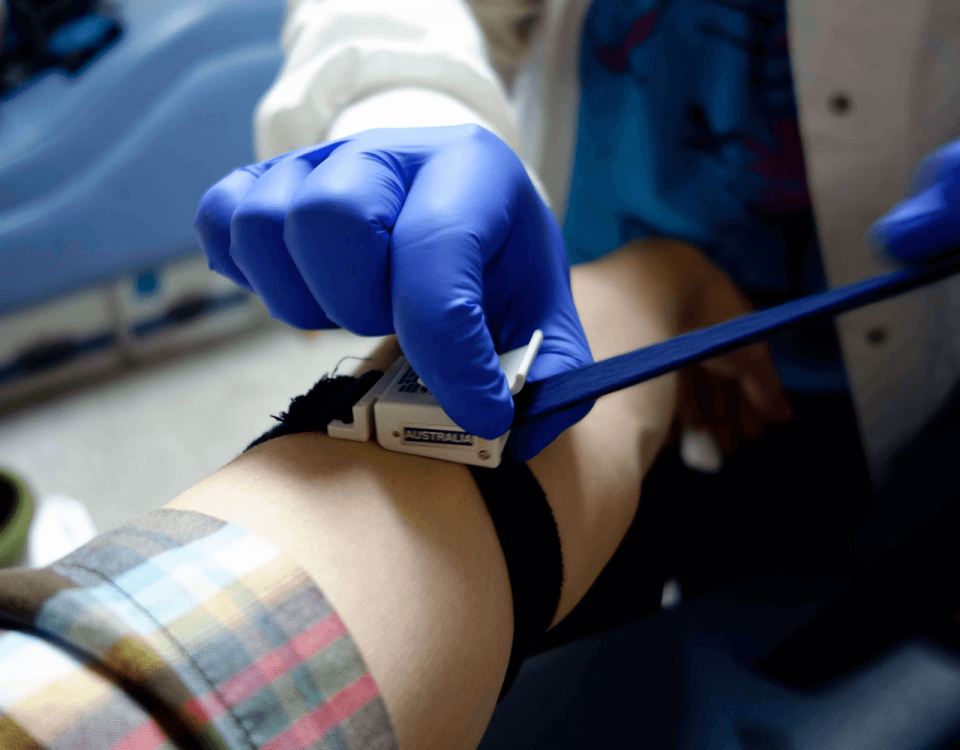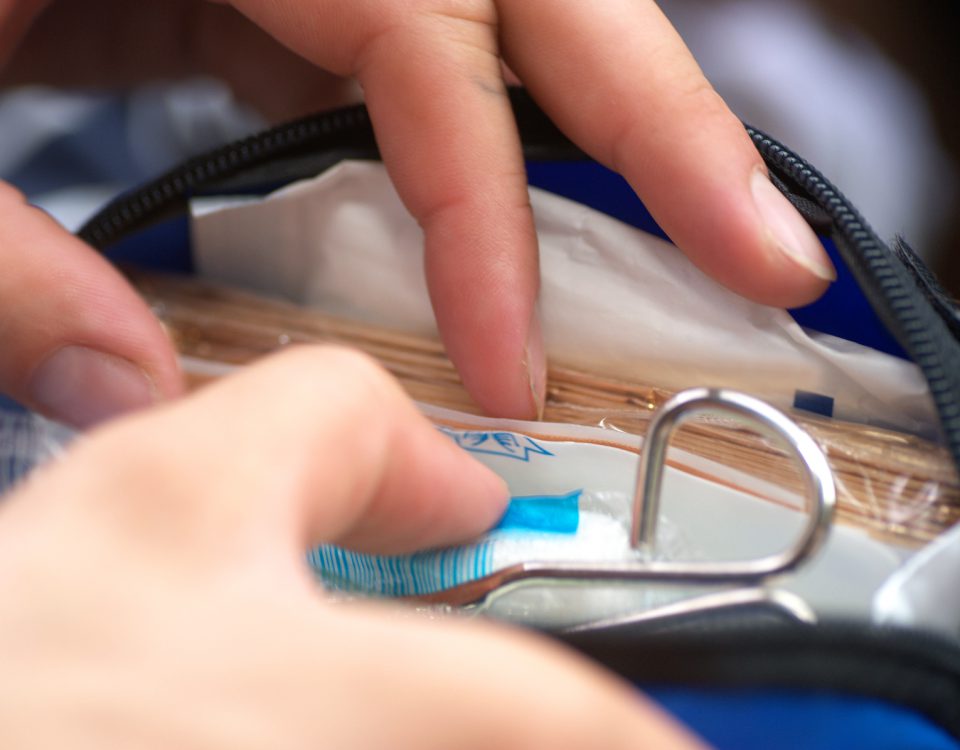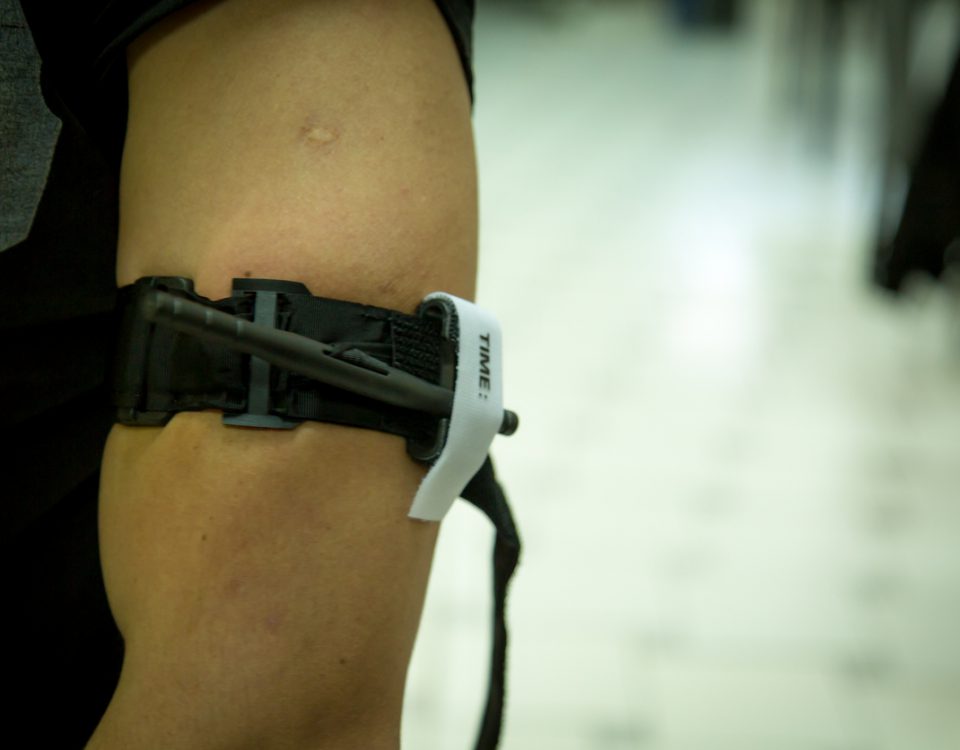Bleeding
Bleeding emergencies can happen anywhere and to anyone. It’s important that you know what to do in the event of an uncontrolled bleeding situation, so you can act fast and help save a life.
How to Help
Uncontrolled bleeding is the number one cause of preventable death from trauma. In fact, blood loss is responsible for 35 percent of all pre-hospital deaths. In addition, 4 out of 5 victims of a mass casualty are delivered to the hospital by someone other than a trained EMT, first responder, or ambulance.
Stop the Bleed is a national awareness campaign and call-to-action that encourages bystanders to become trained, equipped, and empowered to help in a life-threatening bleeding emergency. Launched in 2015 by the White House, Stop the Bleed helps community members act quickly to stop blood loss until trained professionals arrive on the scene.
Stop the Bleed helps bystanders to recognize serious, life-threatening bleeding situations and respond with action that minimizes blood loss until trained medical professionals can provide treatment.
Serious bleeding emergencies can be cause by household, sports- or work-related injuries; motor vehicle accidents; animal bites; incidents of violence; episodes of mass casualties; or other situations where deep, open wounds are present.
There are four key steps to stopping the bleed. They are:
Step 1: Ensure your own safety.
Make sure you are in a safe place to help. If, at any time, your safety is threatened, attempt to remove yourself (and the victim, if possible) from danger and find a safe location. Protect yourself from blood-borne infections by wearing gloves, if available.
Steps 2-4: Remember the ABCs of Bleeding.
- A – Alert – Call 911.
- B – Bleeding – Find the bleeding.
- C – Compress – Apply pressure. There are three ways to stop the bleeding:
- Cover the wound and applying pressure by pushing directly on it with both hands OR
- Use a tourniquet above the wound OR
- Pack (stuff) the wound with gauze or a clean cloth and then apply pressure with both hands.
A tourniquet is a device that is used in an emergency situation to temporarily constrict and control blood flow. A tourniquet should only be used on arms and legs, and as high up as possible on the arm or leg, depending on where the injury is located. A tourniquet looks like a strap with a buckle and a long, skinny handle. Tourniquets may be included in trauma first aid kits and can also be purchased online from a medical goods store or the American Red Cross.
- Before you start to apply a tourniquet, it is important that you tell the injured person that it is going to hurt because it will need to be tight enough to stop bleeding.
- You can apply a tourniquet to bare skin or over clothing.
- Place the tourniquet high and tight on the extremity (arm or leg), near the armpit or groin.
- Pull the “tail" strap of the tourniquet tight and twist the windlass (rod) until the bleeding stops. Secure the windlass to keep the tourniquet tight and in place.
- Note the time – as best you can – of when the tourniquet was applied, some tourniquets may have a white space on the strap where you can write it down with a marker.
- Do not remove the tourniquet.
Related Articles
It is important to continue to protect yourself and others from COVID-19. For current recommendations and updates, visit the Centers for Disease Control.






